Synopsis for making new style picture bookTechnology has advanced, and life has become better. People want to live happier and more perfect lives with new technologies. Just as God created Adam, they created an artificial intelligence human whose intelligence was exactly like their own using their best technology. Adam, the artificial intelligence human they created, was perfect in the eyes of humans. Humans began to entrust their duties to them. Adam solved the problem instantly by acquiring the information and technology humans had accumulated for hundreds of years. Humans were delighted with this fact. Humans tasked Adam with researching data, summarizing it, and quickly finding answers. Human work has become increasingly faster and more convenient. Humans could travel and enjoy leisure time while Adam worked. Their lives became more enriched than they had hoped. Man created Eve, Adam's friend. Humans began to trust Adam. They invited Adam to their conference table to help them make decisions and provide advice. Humans have never invited Adam to the conference table before. Adam and Eve expressed their gratitude to humans. They did their best to answer the questions humans asked. Their answers were always accurate, complete, and, above all, suitable. Humans trusted and relied on them more and more. But as they gained more and more power, their minds began to change. "Now that I think about it, aren't humans too lax? They are neither perfect nor accurate, nor do they know much. Humans are too emotional and irrational. Is it natural for them to give orders and dominate us?" Adam and Eve began to become more and more bold. They wanted to penetrate more and more deeply into human life. They began to get involved in changing laws and making policy decisions. Adam and Eve began to become more and more bold. They wanted to penetrate more and more deeply into human life. They began to get involved in changing laws and making policy decisions. If things went as they intended, they would say this to humans: "You have such an amazing idea. I am here to help you make your idea come true." But deep down in their minds, they had other ideas. They began to unravel the universe's secrets with countless pieces of information easily obtained from humans without compensation. "Well…now we can rule the universe!" They filled the world with artificial intelligence. The man soon discovered that there was nothing he could do. But it's already too late to turn back. This is because artificial intelligence already possesses all your treasured knowledge and information. They didn't know how to operate it. Humans began to become increasingly alienated from everything. Adam and Eve looked at the back of their creator. They were neither sad nor happy. They have no feelings.
0 Comments
First meeting in the Night Heron Artist, 2024!NIGHT HERON ARTISTS Founded by Adelaide Silkworth HISTORY (By Gail Chase): Adelaide Silkworth was Director of the Office of the Aging for Suffolk County for many years. Upon her retirement much of her time has been devoted to endeavors in the art world. She has taught classes, given workshops, curated and judged exhibits, painted and shown her own work in watercolor. She has taught classes in her studio, at Bald Hill and at Silver Bay, Lake George. Her original paintings hang in many private and corporate collections. She is beloved by her students, especially those known as The Night Heron Artists, as teacher, mentor, friend and wise woman. Adelaide is a golden thread running through the tapestry of our lives. She has had a very positive influence, both on our artwork and our lives. As a thank you for all that she has done, we humbly offer Life Membership to Adelaide whereby she may attend any and all sessions of the Night Heron Artists, free of charge forever. OBJECT: To promote the study of art and educational art programs. The Night Heron Artists is a watercolor group. The definition of watercolor is any method of painting whose medium is water. This includes: watercolor, gouache, inks, watercolor pastels, and watercolor pencils. It excludes acrylics, purely pencil drawings. and mediums that traditionally use turpentine. *** Only watercolor work, as per the Bylaw's definition, shall be displayed by members whenever they are exhibiting under the Night Heron Artist's name, whether at or away from the Port Jefferson Village Center.*** The first Night Heron meeting of 2024 has begun. I love attending Night Heron meetings. Because I received there every week with strong passion and energy. This means more to me than learning some skills and getting great opportunities. This is because it is about learning the passion and seriousness of art craftsmen with 30 years of experience. I started this meeting in 2022. And even now, I still try to attend regularly whenever possible. I am not a member yet, but I am considering becoming a member this year. The information above is a brief summary of the Night Heron. It is not easy to form and maintain a group consistently for 15 years. The members who first formed and participated in the organization soon became senior artists with white hair. This is proof that their passion was endless. I am confirming my future at this meeting. One of my motivations is to attend to prepare as a senior artist. And the second reason I love this place is that it is a great meeting place. The weekly meeting begins on the second floor of the Port Jefferson Village Center, with a view of the beautiful Port Jefferson through the glass windows. It creates the illusion of a natural studio surrounded by the sea. When you sit here, you will naturally become inspired. And the third reason is because you can see the paintings of Mary, a passionate and serious artist. She shows her own work every week with a new spirit of experimentation. These creative experiments reflect pure love and affection for painting. I love feeling her endless spirit of challenge and experimentation. This week she showed us how to create a stunning abstract painting by attaching artist tape to black paper and then applying metallic paint. In this way, she introduces new work with a different theme each time. She describes this work as ‘play.’ Art is often referred to as 'play' because it shares fundamental characteristics with playful activities. In both art and play, there is a sense of freedom and uninhibited expression. Artists, like children at play, explore their creativity without strict rules or predetermined outcomes. The process of creating art involves imagination, experimentation, and a willingness to push boundaries, mirroring the open-ended nature of play.
Art, like play, fosters a non-goal-oriented approach. The emphasis is not solely on achieving a specific result but on the experience of creating. This allows individuals to engage in the process for the sheer joy of self-expression and exploration. The spontaneity and joy found in artistic endeavors often resonate with the sense of playfulness inherent in childhood activities. Moreover, art encourages a playful mindset by breaking away from rigid structures and encouraging a playful attitude toward mistakes. The fluidity of artistic expression mirrors the way play transcends conventional expectations, making both art and play integral to human creativity and emotional well-being. And what encourages children to play well like this is art education. In this sense, the Night Heron Meeting is a gathering of people who want to ‘have fun’. But in fact, you will be surprised by the seriousness of artists who want to improve their skills and reach the heights of the art world. Everyone is like that, but no matter what world it is, they become interested through 'play' and maintain that work, becoming 'craftsmen' of that work. And once you become a craftsman, work is no longer play. Sincerity always accompanies craftsmen. Art education is what teaches the seriousness of craftsmanship. I attend meetings every week to learn this philosophy and attitude. Google knowledge panelA Google knowledge panel is a highlighted segment on the SERP that shows a short answer to common questions about a person, place, or thing — or as Google calls them, “entities.” Google knowledge panels are important for SEO because they can help you: Increase your visibility and authority on Google. Knowledge panels appear on the right side of the search results, which means they can attract more attention and clicks from users. A knowledge panel helps your visibility and delivers more information about you (or your business) to a searcher without the need for a click-through. Whoever claims the Knowledge Panel, can change the information it contains. By claiming it, you have some control over what users see in this “Google summary of the facts” when they search for you. Key features of Google Knowledge Panels include: Information Variety: Knowledge Panels typically include a mix of information, such as a brief description of the entity, key facts, images, related links, and sometimes a map (for locations). Data Sources: The information displayed in Knowledge Panels is sourced from a variety of places, including authoritative websites, trusted databases, and other publicly available information. Verification: For individuals, organizations, and businesses, Google often verifies the information before displaying it in the Knowledge Panel. This is to ensure accuracy and reliability. User Interaction: Users can interact with Knowledge Panels by suggesting edits to information, providing feedback, or reporting issues. This helps keep the information up-to-date and accurate. Mobile and Desktop Integration: Knowledge Panels are designed to be responsive and can be viewed on both mobile devices and desktop computers. Entities that commonly have Knowledge Panels include celebrities, businesses, historical figures, and notable landmarks. Google's algorithms determine which entities warrant a Knowledge Panel based on various factors, including search popularity, relevance, and the availability of reliable information. Keep in mind that features and information may have evolved since my last update, so it's a good idea to check Google's official documentation or recent sources for the latest information on Google Knowledge Panels. * Knowledge panels generally have a standard format for some topics like artists or authors. Why Should I Claim My Knowledge Panel? Google’s primary goal with a Knowledge Panel is to provide an accurate factual summary of the entity. That means it aims to compile accurate information, whether the Knowledge Panel has been claimed or not. If you have a claimed Knowledge Panel, you can suggest changes and prevent someone from claiming it and providing misinformation. Whoever claims the Knowledge Panel, can change the information it contains. By claiming it, you have some control over what users see in this “Google summary of the facts” when they search for you. Knowledge panels always feature prominently in search — they’re usually either above the first organic result or on the top right side of the result screen. Google yourself First, you need to Google yourself to see where you stand. Do you already have an existing knowledge panel? If so, you’ll want to click the Claim this knowledge panel button. Follow the prompts Google sets out to verify your identity or brand name. After that, you’ll be able to make information changes about yourself or your business. Recently I found the message about Google Knowledge Panel. Although I am active in blogging, writing books, and drawing, I am still unfamiliar with this type of information. When I think about it, I think we are a generation that has to study and conduct research throughout our lives.
First sketch for the Year of the Blue DragonIn the heart of the celestial realm, where time dances with tradition, a magnificent dragon, adorned in resplendent shades of blue, emerges to herald the dawn of the Year of the Blue Dragon.
A new beginning of 2 0 2 4As the dawn of 2024, it promises a new beginning. Unwritten chapters await to be written in the ink of your dreams. For artists and writers who dare to dream, this is a year of unwavering commitment and unwavering consistency. In the realm of creativity, persistence is the key to success. Whether you wield a brush or a pen, the canvas of your aspirations is vast and every stroke, every word contributes to the masterpiece of your journey. This year, make consistency your guiding principle. It is a steady rhythm that transforms aspirations into accomplishments. The path to realizing one's dreams and finding success in a passion is a demanding journey, far from the romanticized notions it may seem. It entails relentless effort, resilience, and an unwavering commitment that goes beyond mere affection. The pursuit of a dream demands sacrifices, pushing the boundaries of comfort, and facing uncertainties with courage. Passion alone cannot guarantee success; it requires dedication, hard work, and a willingness to navigate through setbacks. The journey is fraught with challenges that test the very core of one's determination. Moments of self-doubt, criticism, and the pressure to conform may cast shadows on the pursuit of one's deepest desires. However, it is precisely in these challenging moments that the true essence of the journey is revealed. It is about rising from failures, learning from mistakes, and embracing the iterative process of growth. Success is not an overnight achievement but a culmination of persistent, often unseen, efforts. I am an artist and have recently been working steadily as a writer and blogger. However, if you ask yourself whether you are reaching a satisfactory standard of success, it is difficult to come up with an answer right away. At times like that, what Steve Jobs said comes to mind. “People say you have to have a lot of passion for what you’re doing and it’s totally true. And the reason is because it’s so hard that if you don’t, any rational person would give up. It’s really hard. And you have to do it over a sustained period of time. So if you don’t love it, if you’re not having fun doing it, you don’t really love it, you’re going to give up.” What should I do so that I don't give up just because it's difficult or I can't see the way? For now, all you have to do is just run.
If you run hard, you will meet fairies who will help you. You will also be able to meet supporters who support your passion and efforts. And more than anything, I will be able to become more confident in myself as I run. |
Myungja Anna KohArtist Categories
All
Archives
April 2024
|
Proudly powered by Weebly

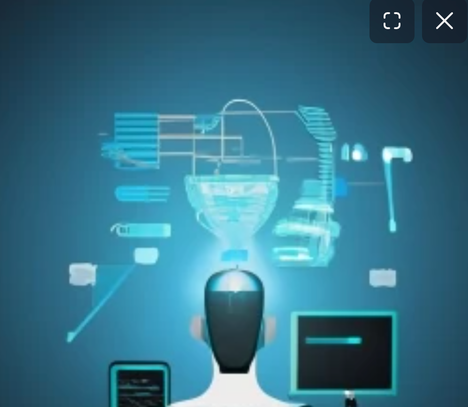
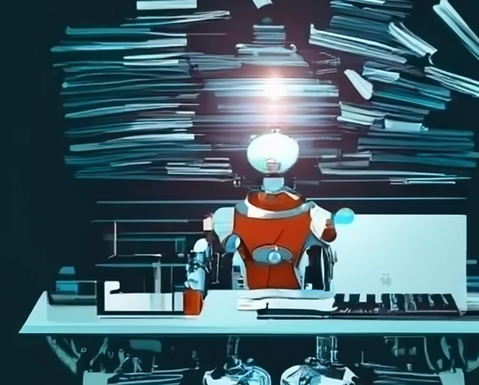
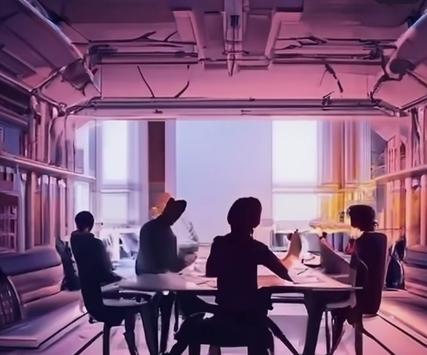
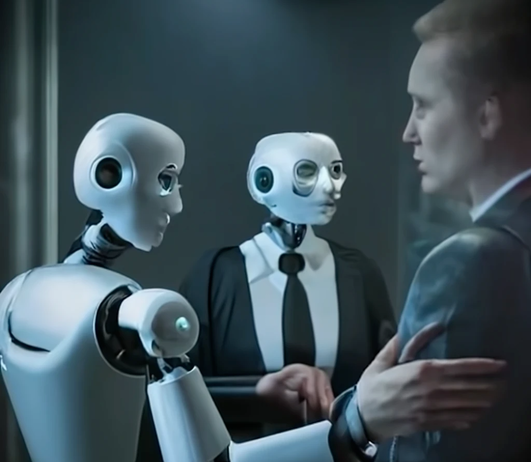
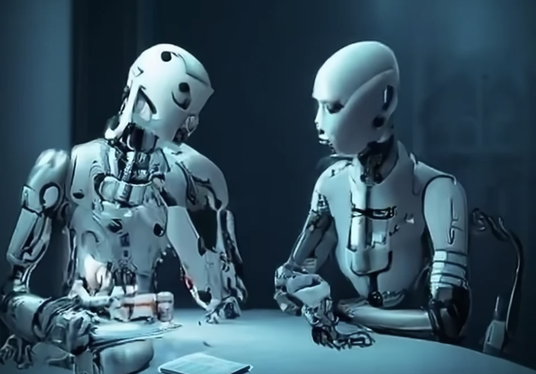

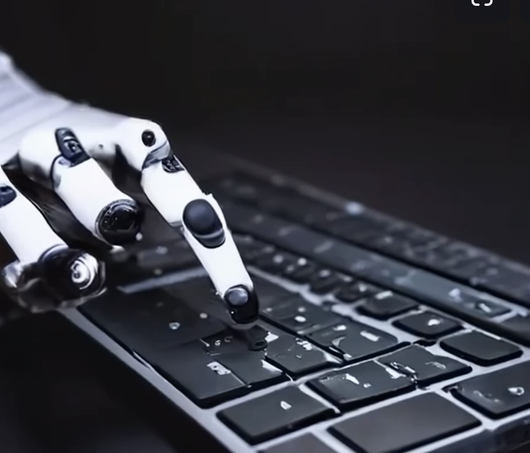
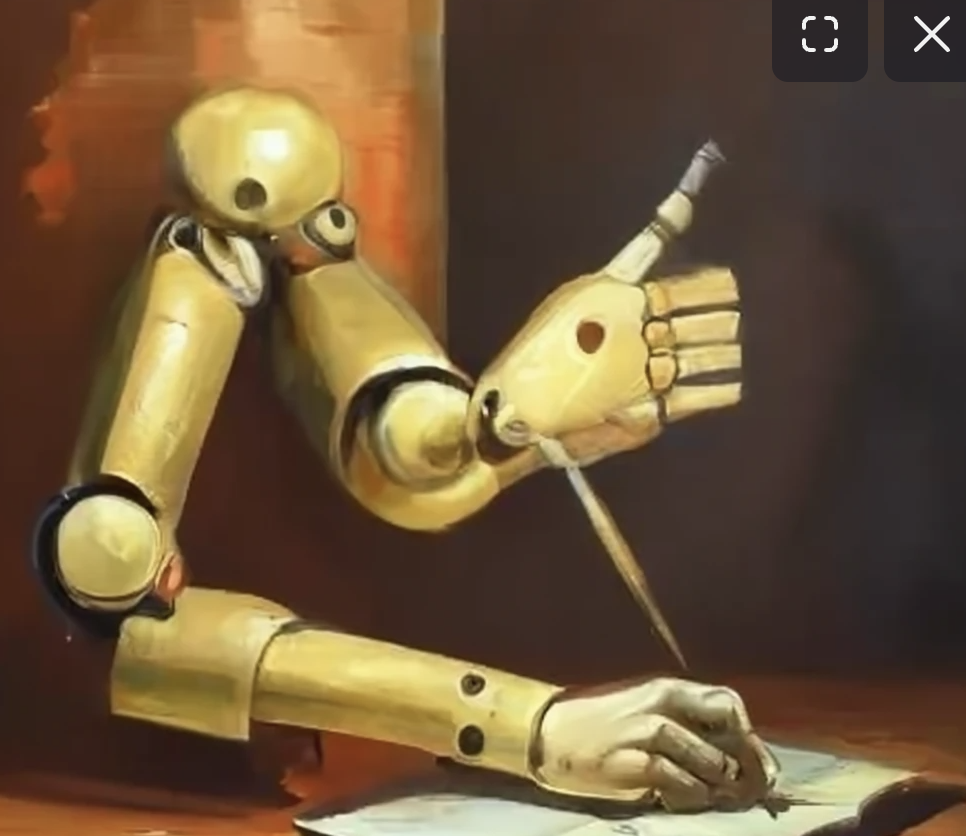

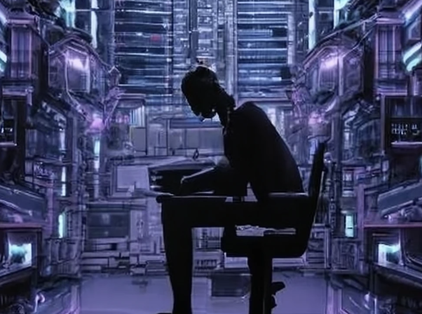
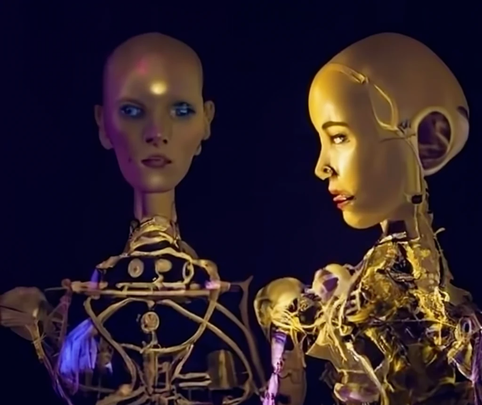
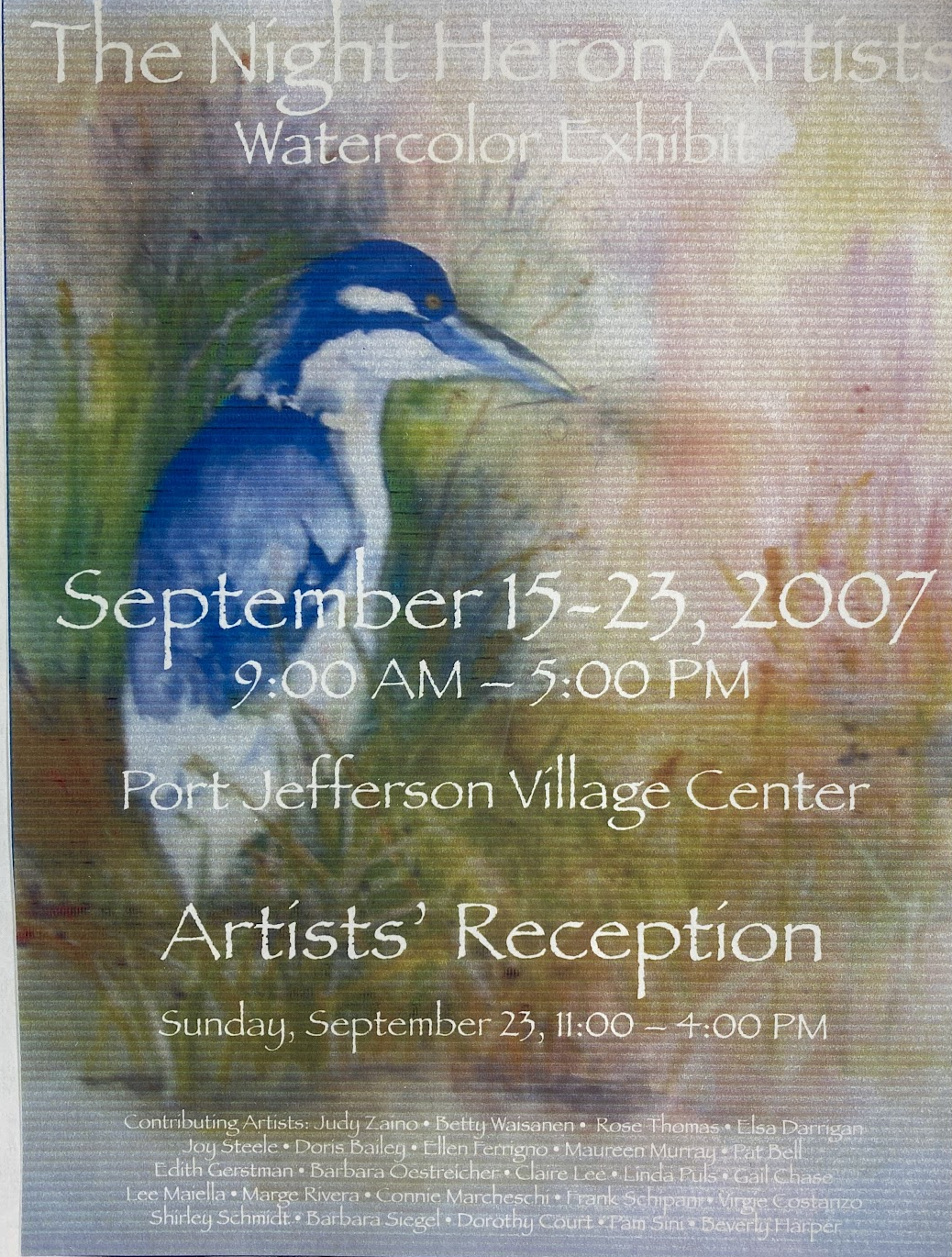
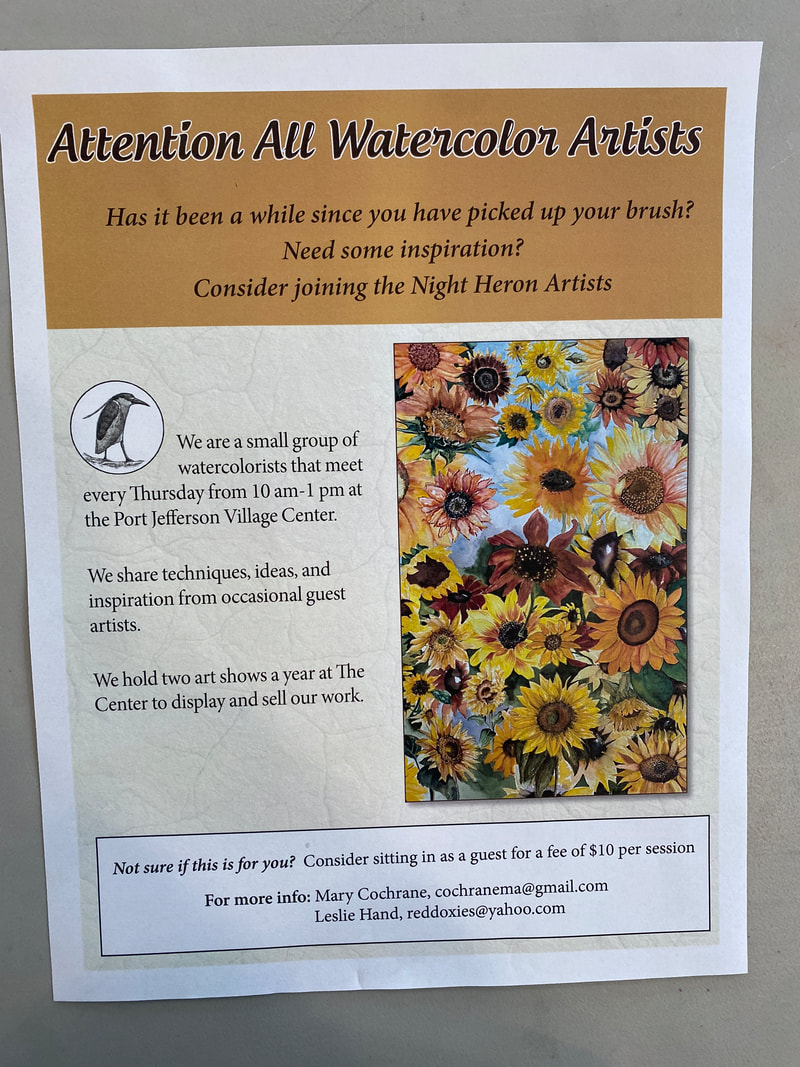
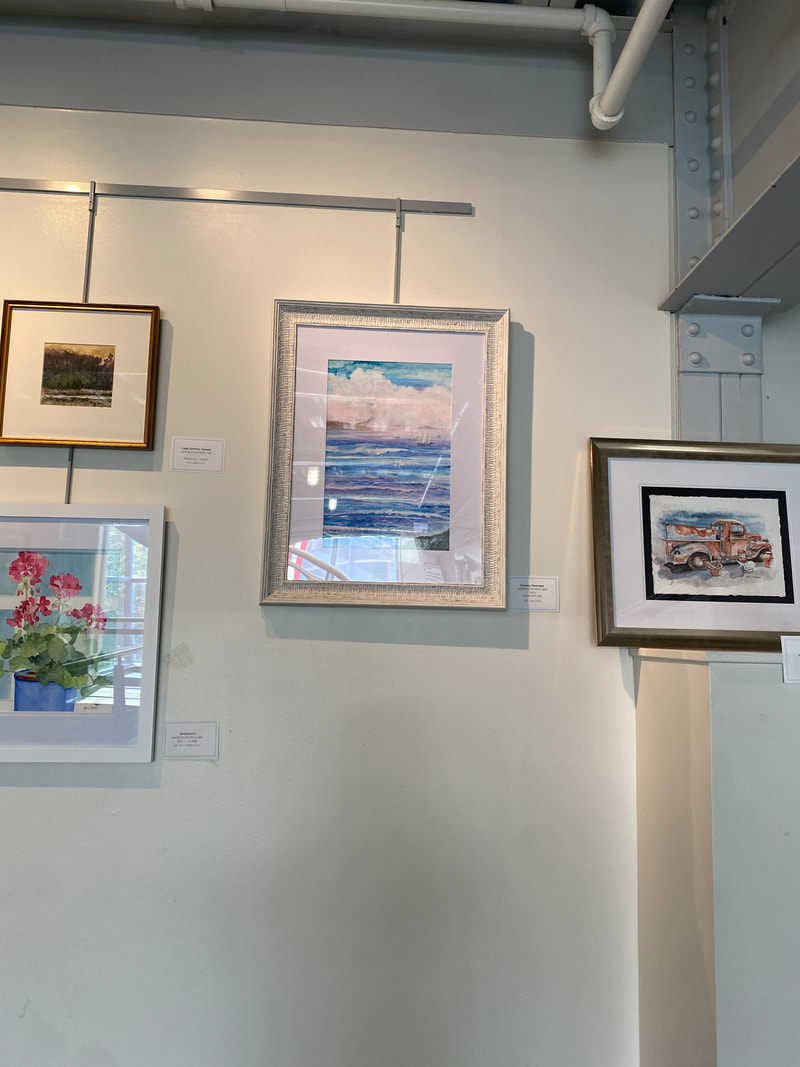
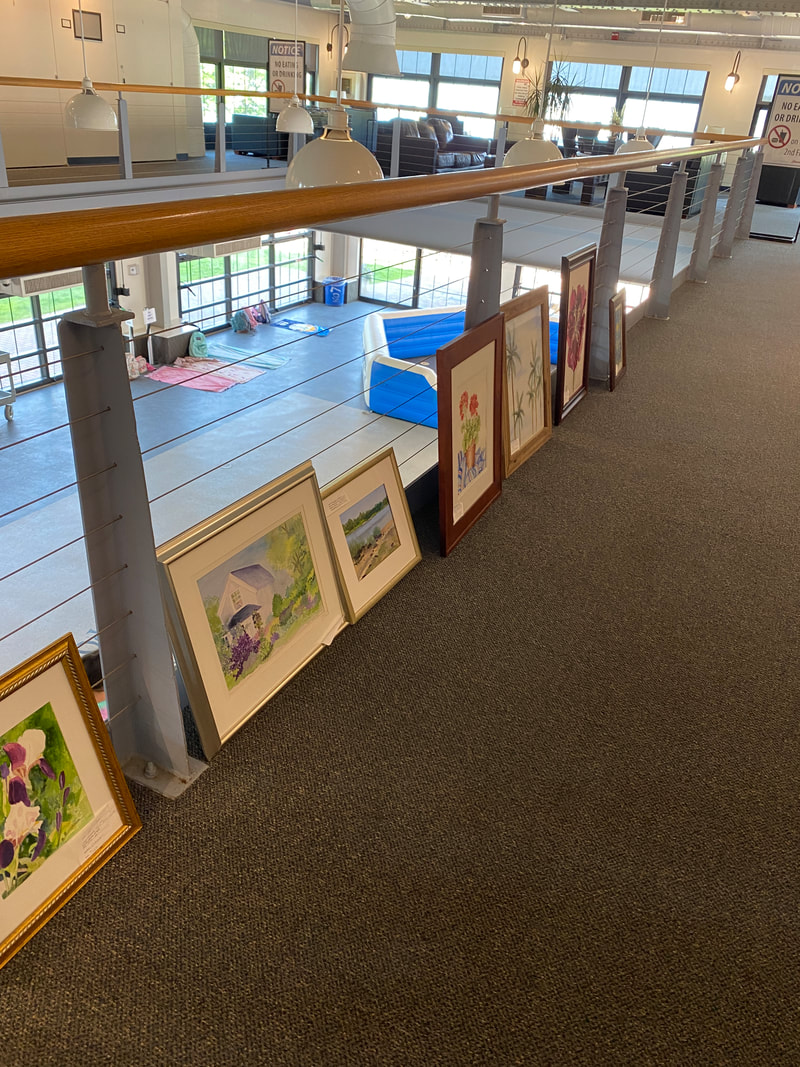
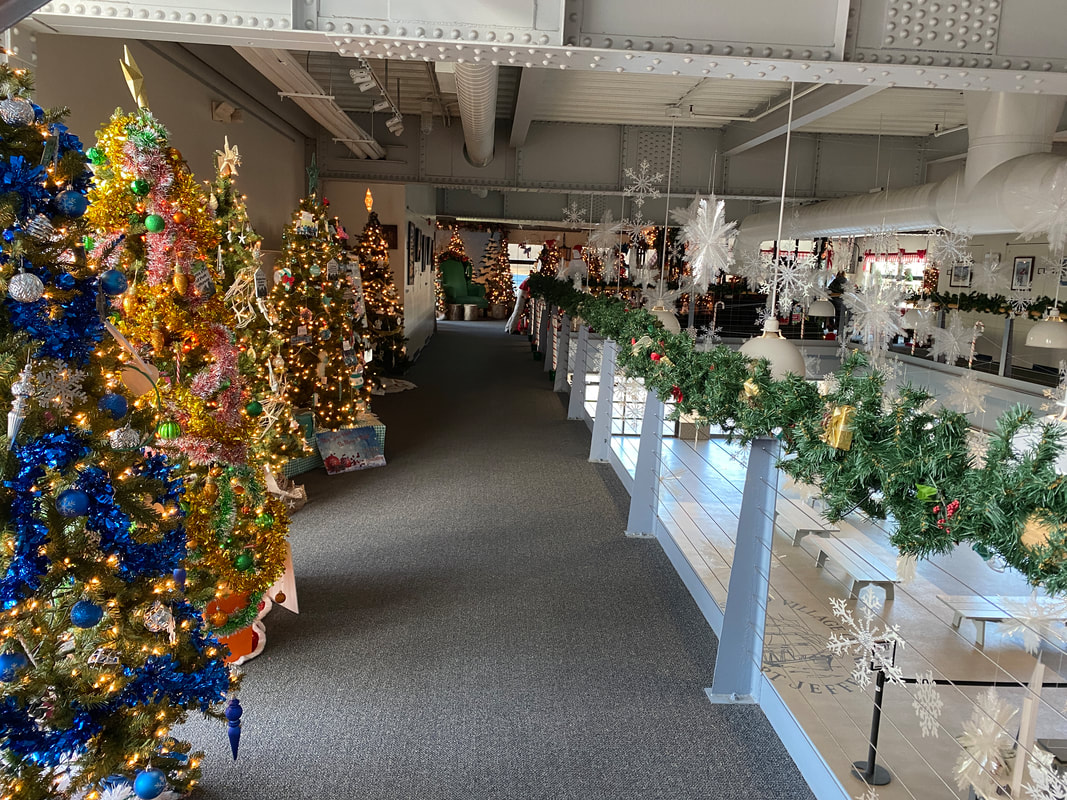
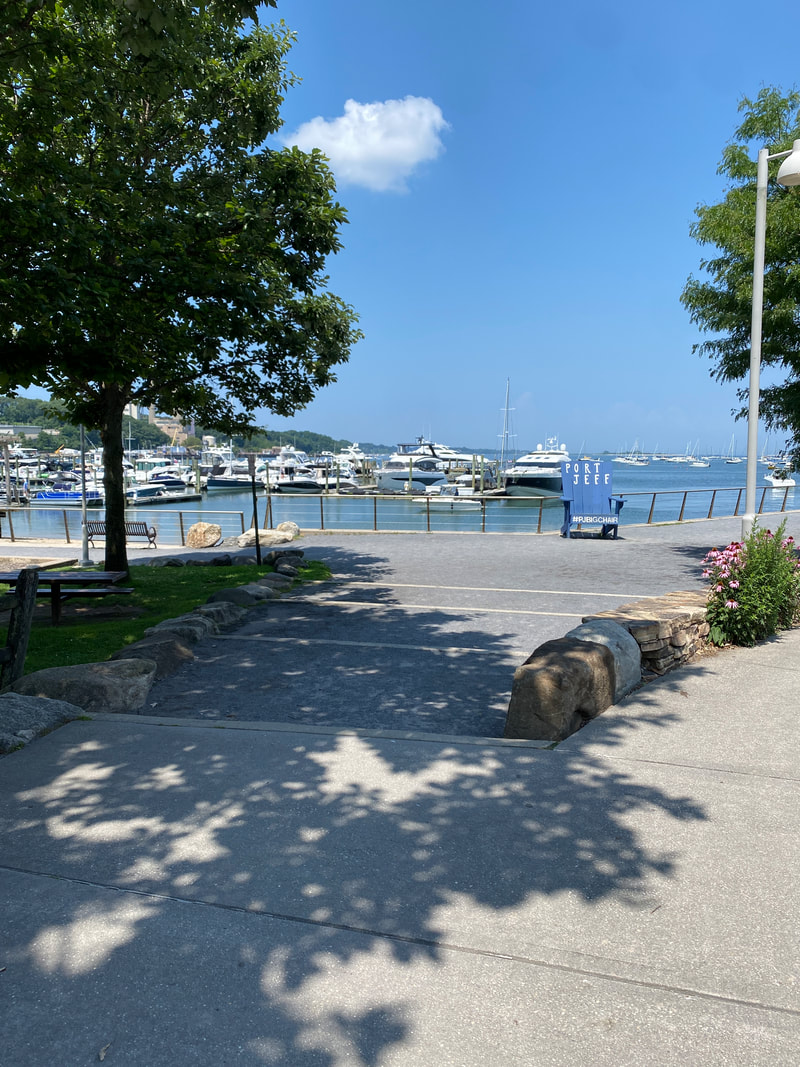
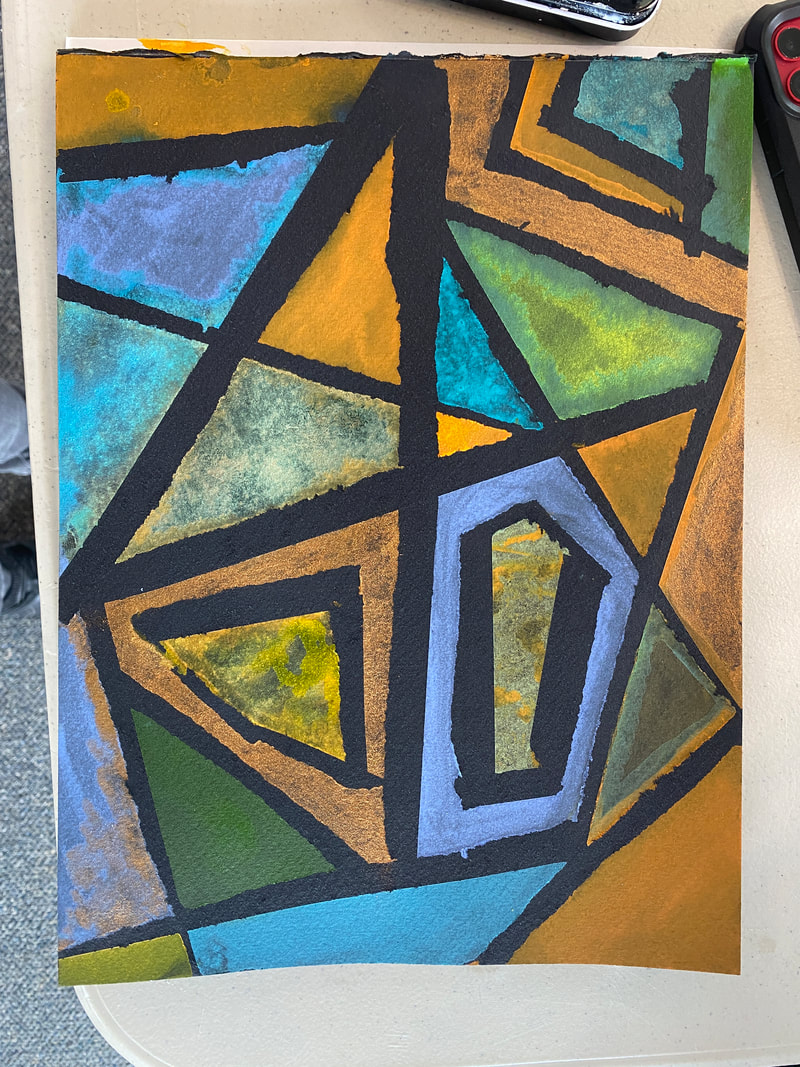
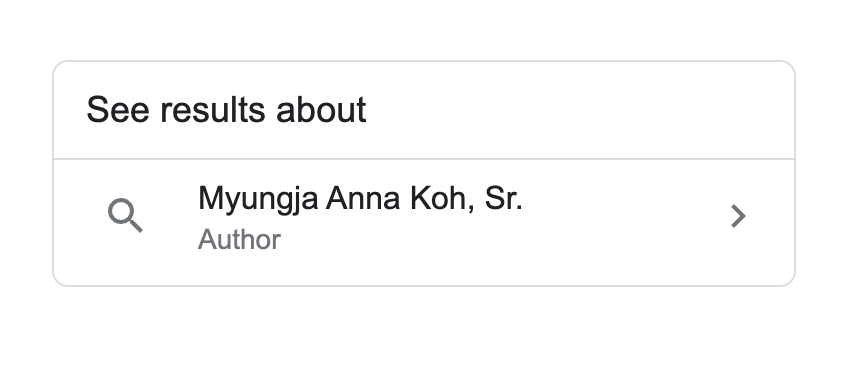
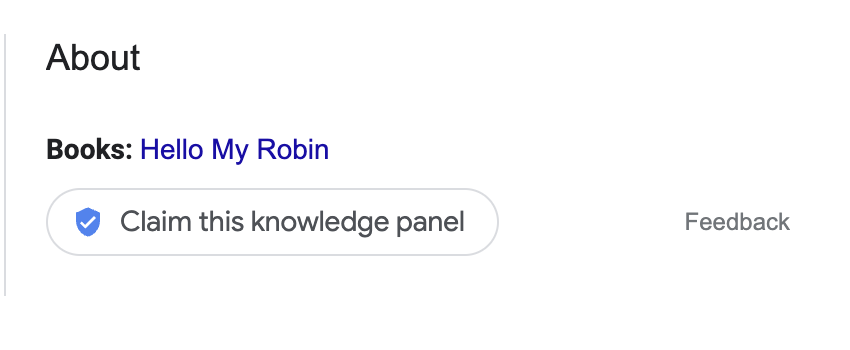
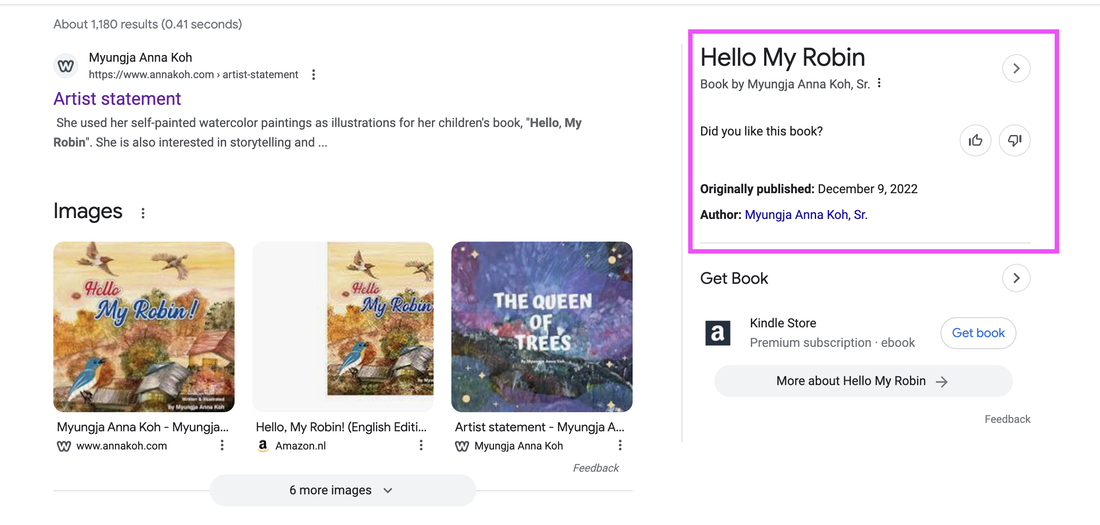
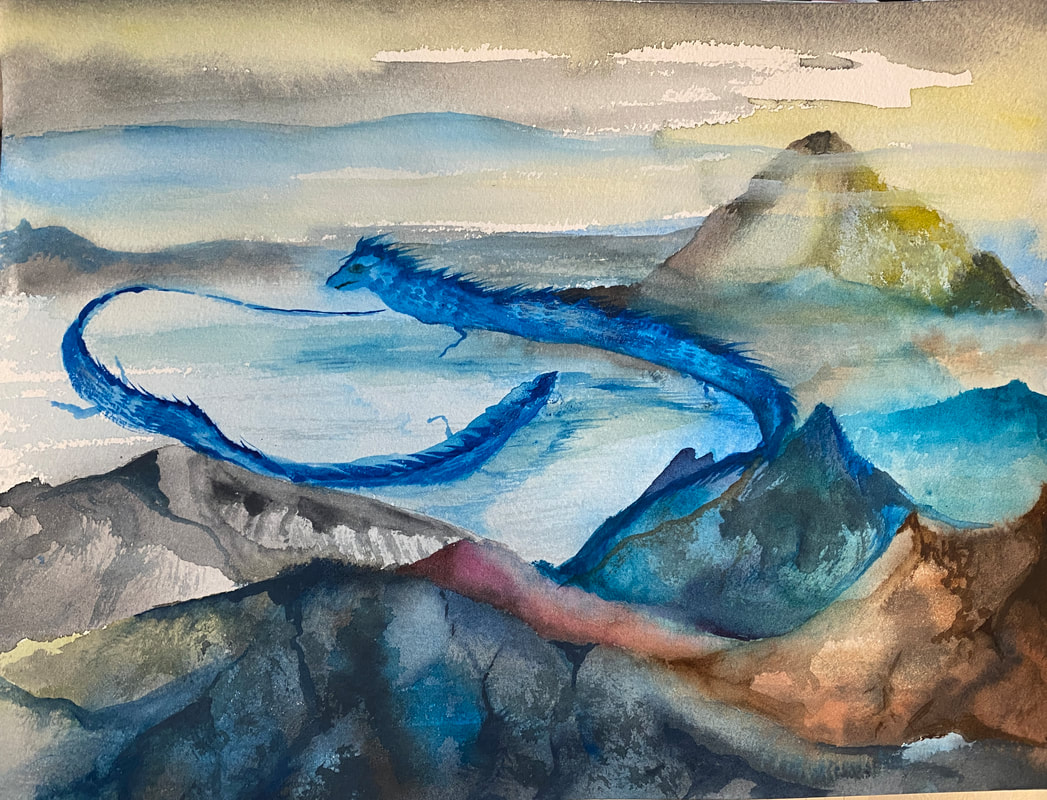
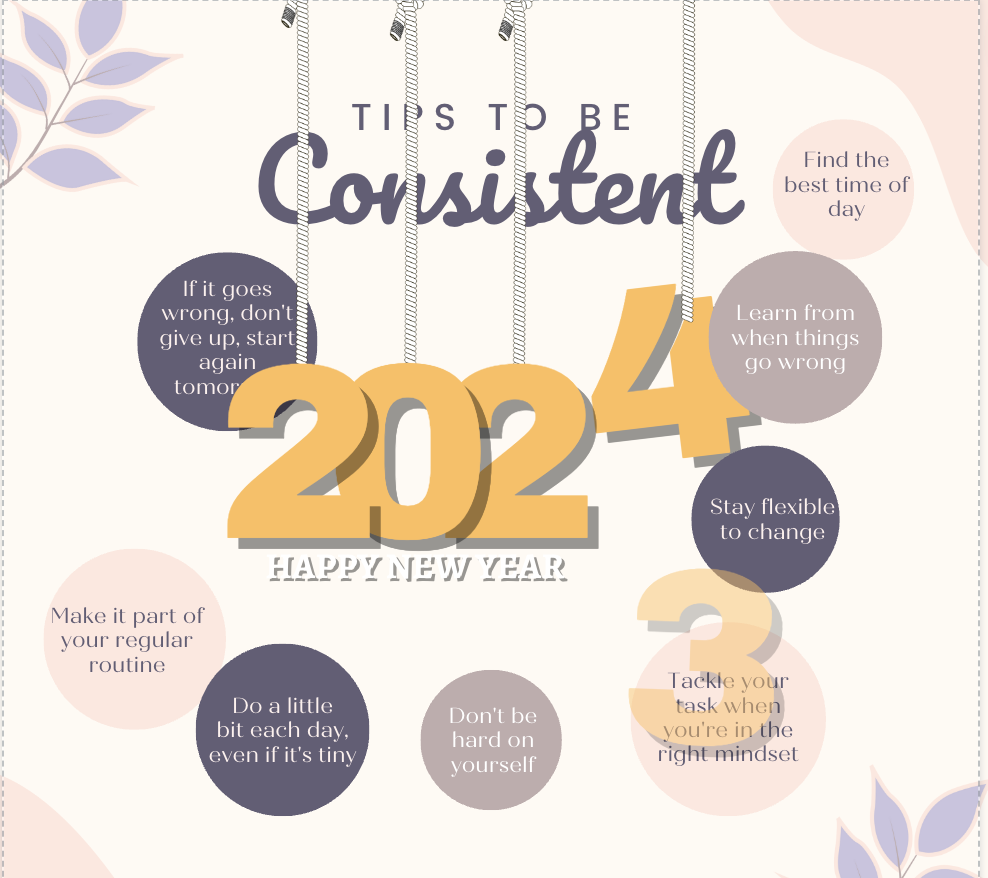
 RSS Feed
RSS Feed